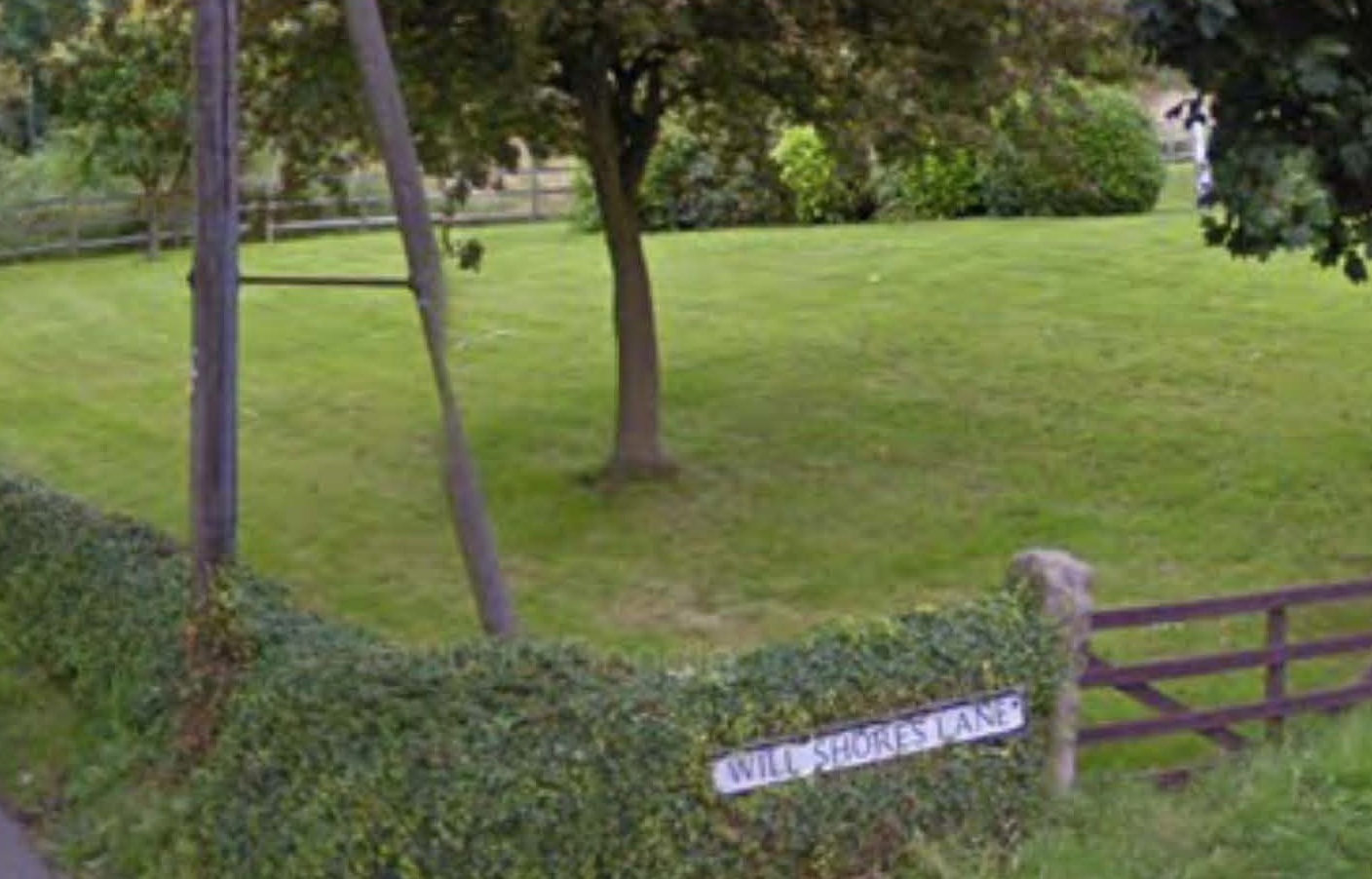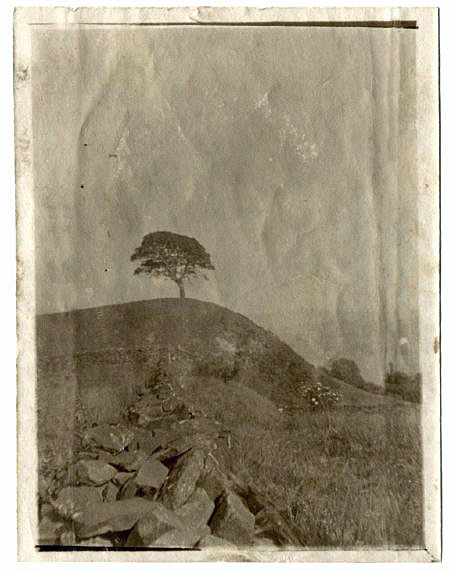Oker in Derbyshire - and William Wordsworth
Oker was the home of many of the
Shaws and birthplace of Mary Jane Shaw. William Wordsworth wrote a
sonnet about two Shore brothers and the sycamore trees they each
planted on the hilltop before going their separate ways. It is likely that they were related to Mary Jane. It
seems that the brothers were William Shore (bapt 1703) and Thomas
Shore (bapt 1708), sons of Thomas Shore. However, some state that
the brothers were called William and Peter.
Oker is a small rural
village, tucked away behind
its own little hilltop, hiding from
Matlock and the busy valley
below.
Oker Hill is thought to be the site of an ancient untrenched
hill fort or hill station built by the
Romans Legions. They had
ousted the Britons who previously lived there and worked the local
lead mines. The hill was given the Latin title of Occursus or hill
of conflict. Oker is obviously the shortened form or corruption of
this name. It is also referred to sometimes as Oaker Hill.
From the trig point at 643 feet there are far reaching views
which encompass three hundred and sixty degrees.
The summit of Oker Hill is topped with a lone sycamore tree
planted a couple of hundred years ago by Will Shore as one of a pair
to commemorate the parting of two brothers who decided to go their
separate ways in life, one to seek his fortune aboard, the other to
stay locally. Wordsworth was so moved by this romantic gesture that
he wrote the following sonnet:
Tis said that to the brow of yon fair hill
Two brother clomb; and turning face from face
Nor one look more exchanging, grief to still
Or feed, each planted on that lofty place
A chosen tree. Then eager to fulfil
Their courses, like two new-born rivers, they
In opposite directions urged their way
Down from the far-seen mount. No blast might kill
Or blight that fond memorial. The trees grew
And now entwine, their arms' but ne'er again
Embraced those brothers upon earth's wide plain,
Nor aught of mutual joy or sorrow knew
Until their spirits mingled in the sea
That to itself takes all - Eternity
One sycamore tree fell in the late 19th century and a
replacement was planted in honour of King Edward VII's coronation
(1902), but this has also now disappeared.
Across the fields from Oker stands Snitterton Hall which is a
fabulous Elizabethan house with tall chimneys.
In a little walled enclosure at Oker is Grace's Well.
Below Oker Hill lies Darley Bridge which has long since been
an important crossing place on the
River Derwent. Records of
1682 state that there were once seven arches to the bridge, although
the two end arches have probably been lost or filled in when the
bridge was widened. It is possible to see on the downstream side,
the two original pointed gothic arches which are ribbed underneath.
The semi-circular style arches and those on the upstream side date
from the time that the bridge was widened. This was probably in the
latter part of the 18th century when the road from
Chesterfield which links up
with the Nottingham to Newhaven road was turnpiked.
Below is the entrance to Will
Shore's Lane from Oker Road as it looks today.

Note that an
alternative story is that the two sycamore trees were planted by a local
person called Shore to provide wood for his coffin! The Wordsworth
sonnet above is called "A Tradition of Oker Hill in Darley
Dale, Derbyshire" from 1838.
This is a picture of the single
sycamore tree in place on the hill in about 1900:
 . .
Oker is also known as Oaker and Oakerside. Mary Jane Shaw named
her retirement house in Sharoe Green Lane, Fulwood, Preston as "Oakerside".



|



